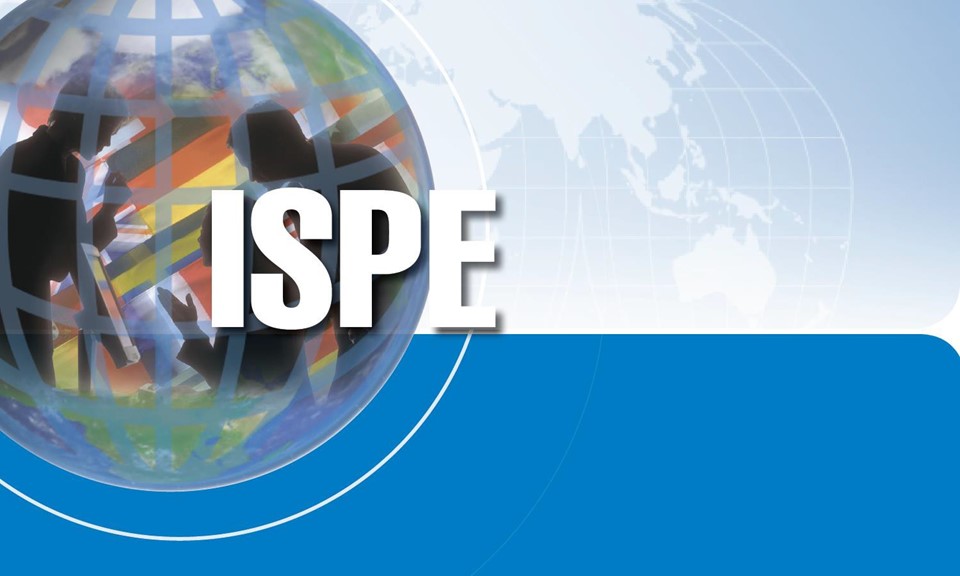This document is a resource for pharmaceutical organizations aiming to ensure the integrity and efficiency of their assets. The document, drawn up for ISPE, offers a detailed overview of the fundamental principles of asset integrity and best practices in the pharmaceutical industry.
Here is a summary of the key points:
1. Regulatory Context:
- Illustrates the mandatory and voluntary rules that govern asset management.
- Introduces the concepts of standards, best practices and technical specifications, explaining the differences between them.
2. The Stakeholders:
- Explains who the stakeholders are and their role in developing standards at national and organizational levels.
3. Definition of Asset:
- It presents a broad definition of assets, including tangible and intangible resources.
- Lists the benefits of effective Asset Integrity Management, including financial improvement, risk management and improved corporate reputation.
4. Philosophy and Procedures:
- Describes the process of developing a maintenance program for pharmaceutical facilities, taking into account cGMP requirements and other drivers such as health and safety, environmental protection and business continuity.
- Introduces “Base Practices,” “Good Practices” and “Best Practices” in maintenance, illustrating how to meet cGMP requirements.
5. Quality Risk Management:
- Highlights the importance of risk analysis in asset management.
- Introduces tools such as RCM Analysis, FMEA and RCFA to evaluate and mitigate risks associated with maintenance activities.
6. Training and Certification:
- Emphasizes the importance of training personnel involved in the operations and maintenance of assets.
- Introduces training methods, such as prepared questions, simulation exercises and demonstrations of on-the-job skills.
Download the full PDF to explore these concepts in depth and implement best practices in your organization.

